Introduction
Pickled vegetables, a staple in many cuisines worldwide, offer a tangy, crunchy, and often spicy contrast to richer or blander dishes. From China’s pickled cucumbers and radishes to Germany’s sauerkraut and Korea’s kimchi, the art of pickling has been perfected over centuries. But how do you create pickled vegetables that are not only delicious but also bursting with flavor and texture? This guide delves into the intricacies of pickling, from selecting the right vegetables to crafting the perfect brine, ensuring your pickled creations are a hit at every meal.
Chapter 1: Understanding the Basics of Pickling
Pickling is a preservation technique that involves submerging vegetables (or fruits) in a brine, vinegar solution, or another acidic liquid to prevent spoilage by inhibiting the growth of harmful bacteria. The process not only extends the shelf life of produce but also enhances its flavor through fermentation or the addition of spices and herbs.
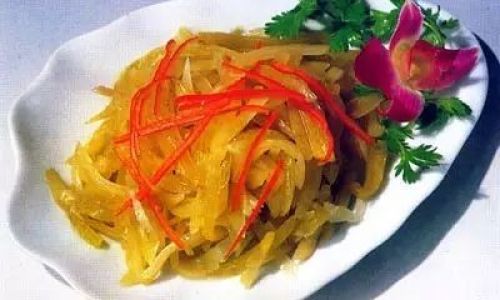
1 Types of Pickling
There are two primary methods of pickling: fermentation and quick pickling.
-
Fermentation Pickling: This traditional method relies on natural bacteria present on vegetables to produce lactic acid, creating a preservative environment. Sauerkraut and kimchi are classic examples. Fermentation not only preserves food but also adds a unique tanginess and depth of flavor.
-
Quick Pickling: As opposed to fermentation, quick pickling uses vinegar or a combination of vinegar and salt to create an acidic environment immediately, thereby skipping the fermentation process. Quick pickles are ready to eat within a few hours to a day and are often refreshing and crisp.
2 Choosing the Right Vegetables
The quality of your pickles starts with the vegetables you choose. Here are some key considerations:
- Freshness: Always use fresh, firm vegetables with no signs of softening or decay.
- Variety: Experiment with different types of cucumbers, carrots, cabbage, radishes, bell peppers, and even fruits like apples or pears for unique flavors.
- Seasonality: Pick vegetables that are in season for the best taste and texture.
Chapter 2: Preparing the Vegetables
Proper preparation is crucial for ensuring your pickled vegetables retain their crunch and absorb flavors evenly.
1 Cleaning and Washing
Thoroughly wash your vegetables under running water to remove dirt and debris. For vegetables like cucumbers, consider scrubbing with a vegetable brush to ensure cleanliness. Pat them dry using a clean kitchen towel or paper towels to avoid diluting the brine.
2 Cutting and Sizing
Cut vegetables into uniform pieces to ensure consistent pickling times and texture. Thinner slices or smaller pieces will pickle faster than larger ones. For example, cucumbers can be sliced into rounds, spears, or chips, depending on your preference.
3 Blanching (Optional)
Blanching vegetables briefly in boiling water and then plunging them into ice water can help soften them slightly and preserve their bright color. However, this step is optional and more common in quick pickling recipes where you want to retain some crispness.
Chapter 3: Crafting the Perfect Brine
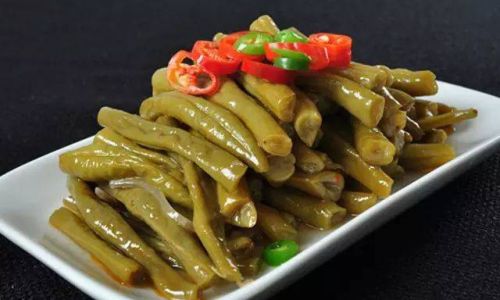
The brine is the lifeblood of pickled vegetables, providing the acidic environment necessary for preservation and flavor.
1 Basic Brine Recipe
A simple brine consists of water, vinegar, and salt. Here’s a basic ratio to start with:
- Water: 2 cups
- White vinegar (5% acidity): 1 cup
- Salt: 1-2 tablespoons (use pickling or kosher salt for best results)
Adjust the vinegar-to-water ratio based on your taste preference. More vinegar will yield tangier pickles, while less will result in a milder flavor.
2 Adding Flavor
To elevate your pickles beyond basic, incorporate spices, herbs, and garlic. Popular additions include:
- Spices: Mustard seeds, dill seeds, coriander seeds, red pepper flakes, and bay leaves.
- Herbs: Fresh dill, parsley, cilantro, and thyme.
- Aromatics: Garlic cloves, sliced onions, and shallots.
Toast spices lightly in a dry pan before adding them to the brine to release their oils and deepen flavors.
3 Sugar and Sweeteners (Optional)
A touch of sugar can balance out the acidity and add a hint of sweetness, especially in quick pickles. Start with a small amount, such as 1-2 teaspoons per quart of brine, and adjust to taste.
Chapter 4: The Pickling Process
Now that you have your vegetables and brine ready, let’s dive into the pickling process.
1 Jar Preparation
Ensure your jars are clean and sterile. You can sterilize them by boiling them in water for a few minutes or running them through the dishwasher on the hottest setting.
2 Packing the Jars
Pack your prepared vegetables tightly into the jars, ensuring they are submerged in the brine once filled. This helps prevent oxygen exposure, which can lead to spoilage. Add your spices, herbs, and aromatics directly to the jars among the vegetables.
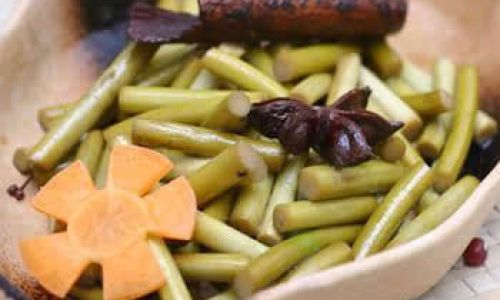
3 Pouring the Brine
Pour the brine over the vegetables, ensuring they are completely covered. If necessary, use a weight, such as a smaller jar filled with water or a pickling weight, to keep the vegetables submerged.
4 Sealing and Storing
Tightly seal the jars with lids and store them in a cool, dark place. For fermentation pickles, keep them at room temperature for the desired fermentation period (usually 3-10 days, depending on temperature and desired tanginess). For quick pickles, refrigerate immediately after packing.
Chapter 5: Troubleshooting and Tips
Even the most seasoned picklers encounter issues. Here are some troubleshooting tips and general advice to ensure success.
1 Cloudy Brine
Cloudy brine is often harmless and can be caused by natural yeast or bacteria present on the vegetables. If it concerns you, try skimming off any surface yeast and ensuring all vegetables and jars are thoroughly cleaned before pickling.
2 Soft or Mushy Pickles
Over-processing or using overly ripe vegetables can lead to soft pickles. Ensure your vegetables are firm and avoid over-blanching. For fermentation pickles, monitor the fermentation process closely to prevent it from going too long.
3 Adjusting Flavors
If your pickles lack flavor, consider adding more spices or herbs next time. For too much tang, balance with a bit of sugar or additional vegetables to dilute the vinegar.
4 Long-Term Storage
Properly sealed and stored pickles can last for months in the refrigerator. For long-term storage (up to a year), consider using a pressure canner for fermented pickles or a water-bath canner for quick pickles, following safe canning practices.
Chapter 6: Creative Variations and Recipes
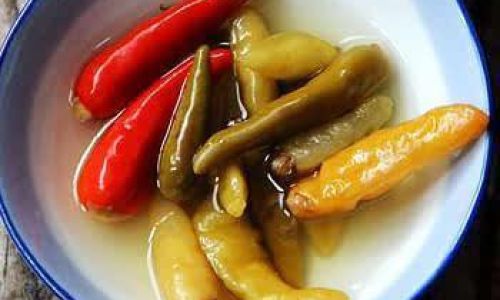
Once you’ve mastered the basics, it’s time to experiment with creative variations and unique recipes.
1 Spicy Pickled Vegetables
Add a kick with jalapeños, serranos, or habaneros. For an extra layer of heat, incorporate chili flakes or a splash of hot sauce into the brine.
2 Pickled Fruits
Expand your horizons with pickled fruits like peaches, apples, or cherries. These can add a sweet-tart element to salads, yogurt, or oatmeal.
3 Beet Pickles
For a vibrant and earthy twist, pickle beets whole or sliced. Their natural sweetness pairs well with dill and garlic.
4 Korean Kimchi
Kimchi is a fermented pickle that incorporates napa cabbage, radishes, garlic, ginger, and gochugaru (Korean red pepper flakes). Its complex flavor profile includes tanginess, sweetness, and heat.
5 German Sauerkraut
Sauerkraut is made from shredded cabbage fermented with salt. It’s a simple yet deeply flavorful pickle that pairs well with pork dishes and can be used as a base for soups and stews.
Conclusion
Pickling vegetables is not just a preservation technique; it’s an art form that transforms humble produce into vibrant, flavorful dishes. By understanding the basics of pickling, selecting the right vegetables, crafting a perfect brine, and experimenting with creative variations, you can create pickled vegetables that are not only delicious but also a delight to serve and eat. Whether you’re preserving the harvest, adding a crunchy side to a meal, or simply enjoying a tangy snack, pickling offers endless possibilities for culinary creativity. Happy pickling!



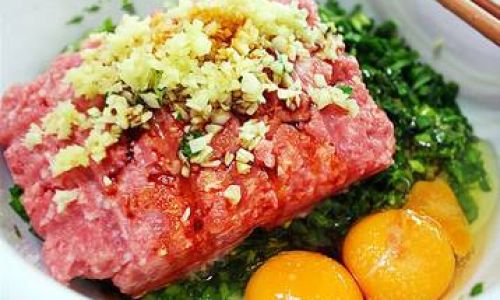

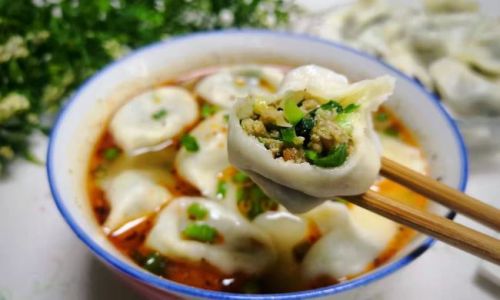
0 comments